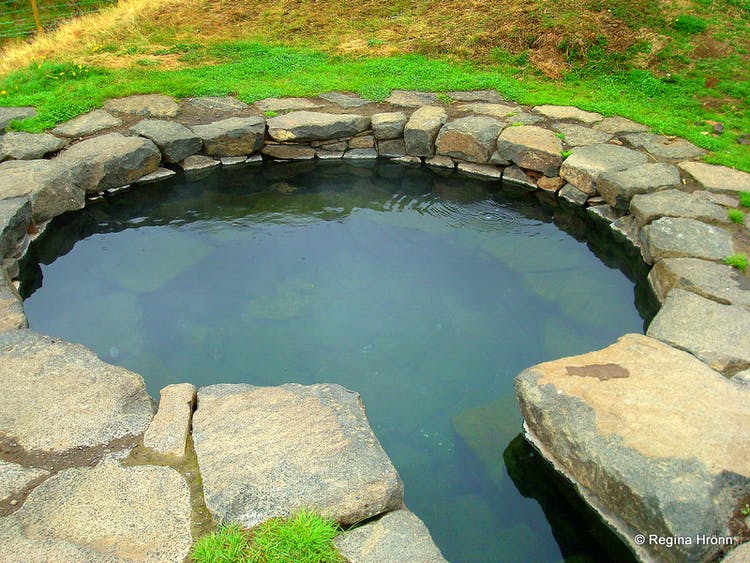

Sprinkled amid the hot springs are the rarest fountains of all, the geysers. Currently, several large sink holes (fenced off) can be seen on the historic Fort Yellowstone Parade Ground. There was some concern when construction began in 1891 on the fort site that the hollow ground would not support the weight of the buildings. The Mammoth Hot Springs Hotel, as well as all of Fort Yellowstone, is built upon an old terrace formation known as Hotel Terrace. The Mammoth Hot Springs extend all the way from the hillside where we see them today, across the historic Parade Ground, and down to Boiling River. Terrace Mountain, northwest of Golden Gate, has a thick cap of travertine. Hydrothermal activity in Yellowstone is extensive and has been present for several thousand years. Thus, basalt may be a heat source for the Mammoth area. Also, multiple basalt eruptions have occurred in this area. A large fault system runs between Norris Geyser Basin and Mammoth, which may allow thermal water to flow between the two. Although these springs lie outside the Yellowstone Caldera boundary, scientists surmise that the heat from the hot springs comes from the same magmatic system that fuels other Yellowstone hydrothermal areas. Mammoth Hot Springs are a surface expression of the deep magmatic forces at work in Yellowstone. Today, to preserve these unique and fragile features, soaking in the hot springs is prohibitted. The water trickles over the edges from one to another, blending them together with the effect of a frozen waterfall." The hot springs were an early commercialized attraction for those seeking relief from ailments in the mineral waters.

Minerals tint the mudpots with such a large palette of colors that the mudpots are sometimes called "paint pots." Iron oxides cause the pinks, beiges, and grays of the Fountain Paint Pot.Īs one early visitor described the Mammoth Hot Springs, "No human architect ever designed such intricate fountains as these.

After coming upon Mud Volcano during his 1871 expedition to Yellowstone, Ferdinand Hayden described the mudpot as "the greatest marvel we have met with." The result is a gooey mix through which gases gurgle and bubble. The microbes help convert the gas to sulfuric acid, which breaks down rock into clay. Some microorganisms use the hydrogen sulfide for energy. Hydrogen sulfide gas is usually present, giving mudpots their characteristic odor of rotten eggs. Thermal water beneath the depression causes steam to rise through the ground, heating the collected surface water. Mudpots, like Red Spouter in Lower Geyser Basin shown here, are acidic features with a limited water supply.Ī mudpot is a natural double boiler! Surface water collects in a shallow, impermeable depression (usually due to a lining of clay) that has no direct connection to an underground water flow.


 0 kommentar(er)
0 kommentar(er)
